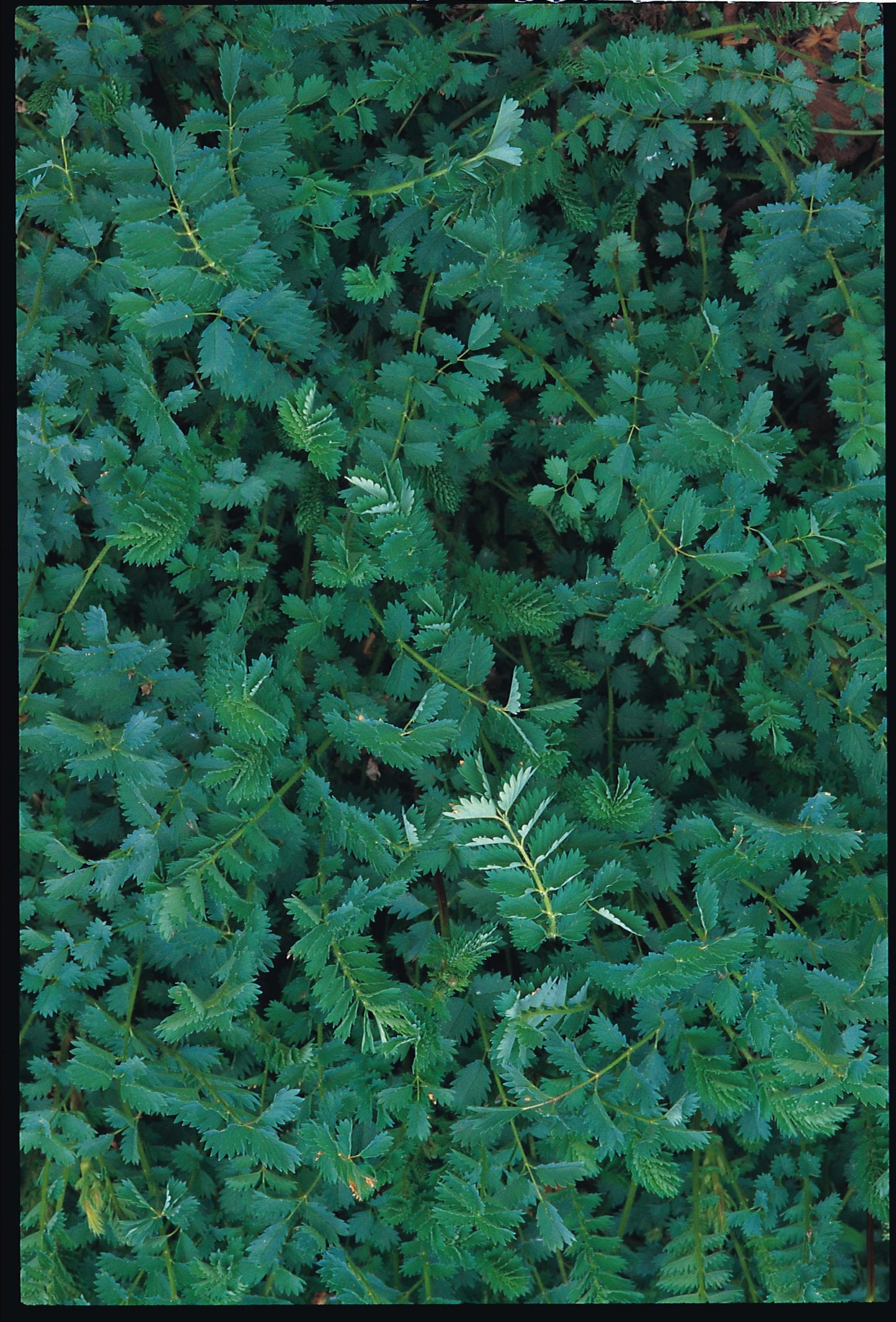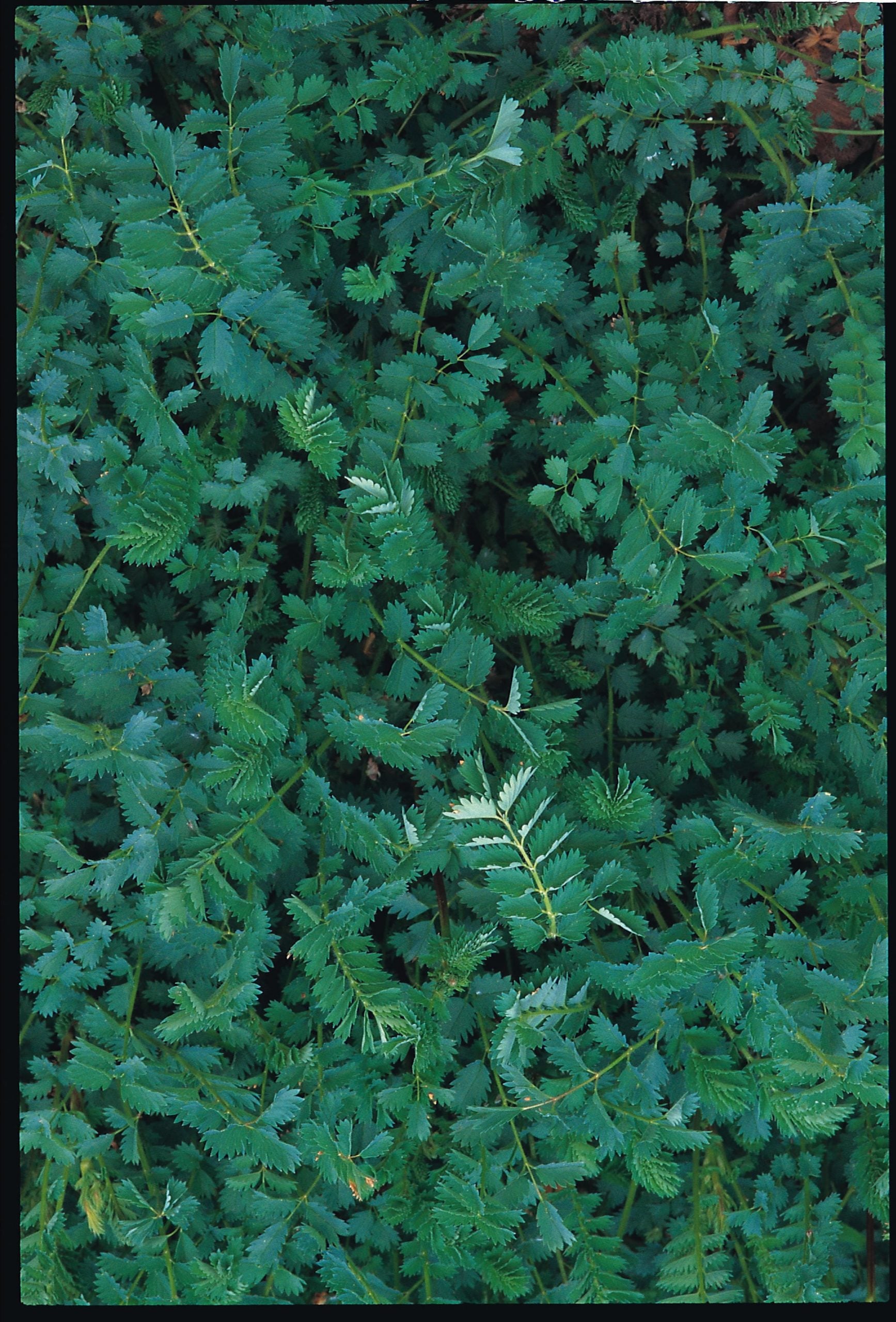Salad Burnet
Salad Burnet
Packet Size: 50 seeds
Couldn't load pickup availability
Salad Burnet (Sanguisorba minor) is a soft-leaved evergreen perennial that stays green for much of the year across the UK. It’s a great wildlife-friendly plant, naturalised in many places, and a handy addition to your garden. The leaves have a fresh, slightly cucumber-like flavour that works well in salads, cream cheese, butter, fish sauces, drinks, and casseroles — to name just a few uses. The aroma really comes through after rain. How tall it gets depends on your soil, but it’s pretty adaptable. Much more information further down the page.
🌱 Seasonal Growing Guide
SPRING:
Sow in small modules, just cover with compost or perlite. When large enough, & the soil has warmed up, harden off & plant out in their permanent position at 30cm apart (15cm if using as edging).
SUMMER
Take a few leaves in the 1^st year so that plants establish. Flowers from the 2nd year, cut these off for best flavoured leaves or stop harvesting once flowers form.
AUTUMN
Divide & reinvigorate older clumps
WINTER:
fully hardy, no need to protect
📌USES
WILDLIFE FRIENDLY
- Salad Burnet’s small, nectar-rich flowers attract a variety of pollinators, especially honeybees, bumblebees, and solitary bees.
- Butterflies like the Grizzled Skipper rely on it for nectar, while it also supports the vulnerable Fox Moth and scarce Scarce Forester moth.
- The plant’s foliage serves as a food source for some moth larvae, helping sustain local moth populations.
- Beneficial insects including hoverflies and parasitic wasps visit Salad Burnet, helping to keep pest numbers down naturally.
- Because it’s drought-tolerant and grows well in poor soils, Salad Burnet is valuable in wildflower meadows and wildlife gardens.
- The RHS lists it as an excellent plant for pollinators, supporting overall garden biodiversity.
EDIBLE
- Fresh young leaves have the best flavour simply strip from the stalk (compost the stalk).
- Many say the flavour is mild cucumber with a refreshing hint of spice
- Sprinkle leaves on salads & over fresh steamed veggies
- Stir into cheese spreads, in sauces for fish, salad dressings, and in combination with other herbs in casseroles and creamy soups
- Add whole leaves to summer drinks or pop sprigs into a jug of water for a cooling taste.
- Dry leaves for use as a tea
- Freeze to preserve flavour: chop finely & pop in a container or freezer bag.
IN THE GARDEN
- The foliage gives out a cucumber-scent when crushed or walked on – a lovely path edging and very well suited to a potager or planting pockets in a patio
- It does well in a nutrient poor soil (it prefers chalk and limestone areas in the wild)
- Grows well in semi shade and full sun
- When cultivated rich soil will help it grow vigorously - the simple rule is if the soil layer is thin, the herb will stay small.
HISTORICAL
- Salad Burnet has been used for over 2000 years
- Historically it was believed to drive away melancholy
- Described in Gerard’s 1633 Herball, it initially found favour with the Tudors as an ornamental herb in manicured gardens
- During the sixteenth century, salad burnet, together with twenty other herbs was included in a special wine drunk to stop the plague
- The rusty-coloured flower heads of Salad burnet made it a favourite among herbalists for helping to heal wounds …soldiers of old would drink tea made from the herb before going into battle in hopes that any wounds they received would be less severe.
- The flowers led to a different name – Dragon’s Blood, no longer in common usage.
- The Latin Sanguisorba comes from sanguis, meaning 'blood' and sorbere, meaning to 'soak up'.
- It was taken to New England as part of the Pilgrim Father's plant collection and was called Pimpernel
MEDICINAL
- In the Middle Ages it was believed Salad Burnet could strengthen heart and bladder.
- After its plague fighting use the herb fell into obscurity.
- It is rich in vitamins and is said to stimulates the appetite. Claims include two or three cups of burnet tea a day to fire up the digestive system, relieve liver and bile ailments and prevent gum inflammation. The leaves should steep in hot water for up to 10 minutes.
- When applied externally, the Salad Burnet tea may sooth sunburned or inflamed skin: it may have some astringent qualities.
- Recent lab experiments note that the plant’s cells stimulate enzymes and there may be some elements that could find a future use in developing cancer treatments – no human testing has taken place.
- Please Note: we do not promote the medicinal use of plants – guidance and information should be sought elsewhere.
OTHER
- Salad Burnett as part of a mixed and varied diet is good for small animals, guinea pigs, tortoises…
- The blooms can be picked for flower arrangements

Collapsible content
Sowing
- Mar
- Apr
- May
Harvesting / Flowering
- Jun
- Jul
- Aug
- Sep

